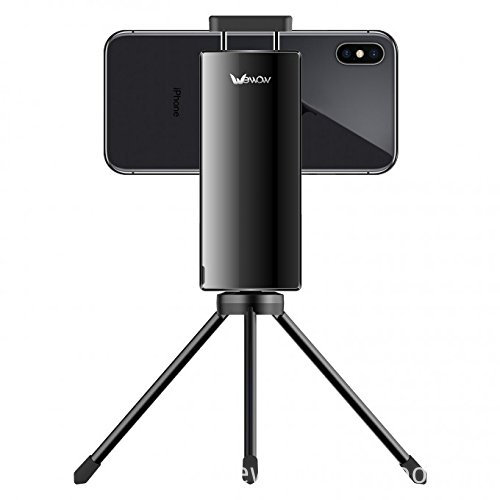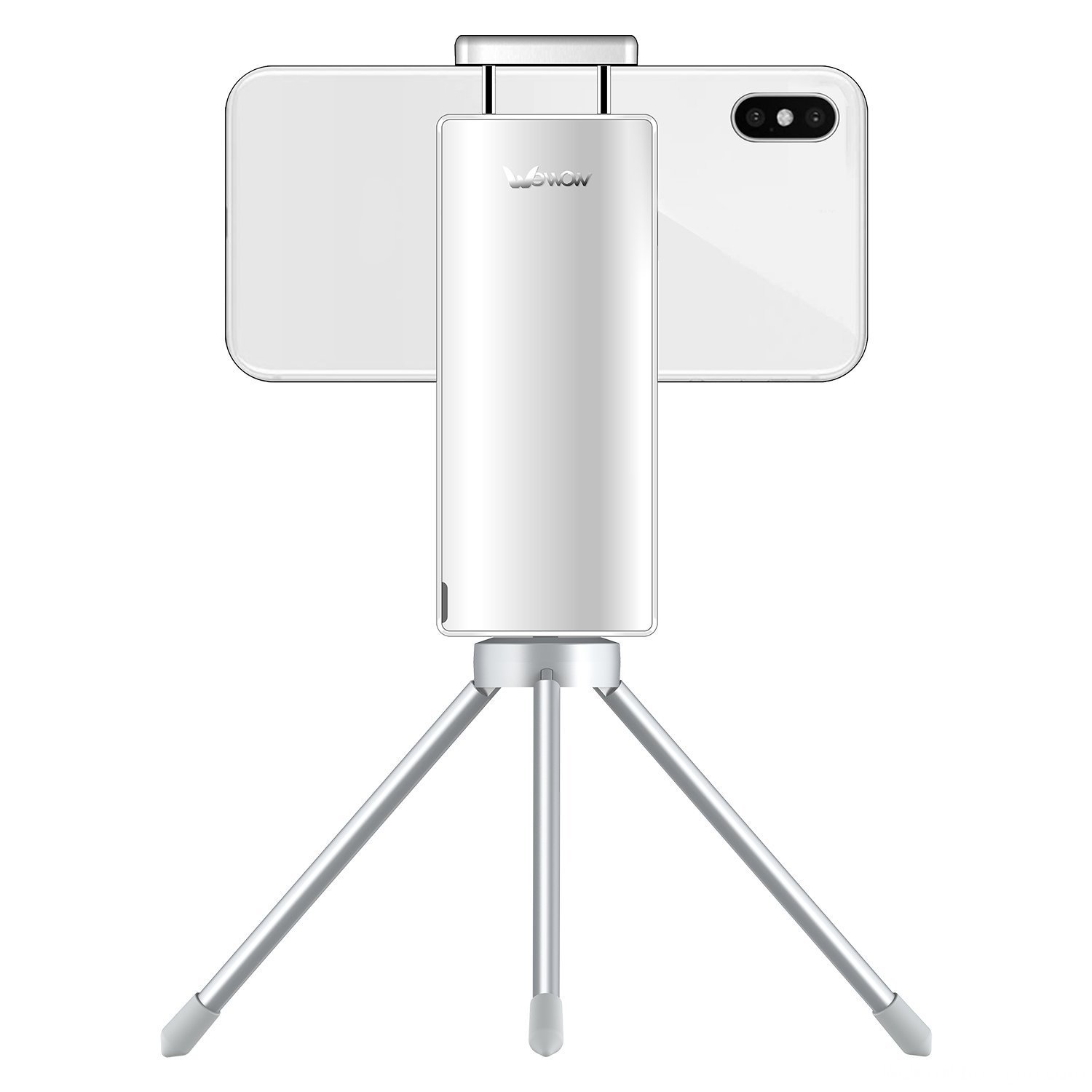After buying the favorite speaker, many friends will feel that the effect is not as good as what they heard in the merchant's audition room, and even feel that they have replaced a set of speakers. We must first understand a point: the speaker and the listening space are integrated, and various performances of sound are produced in the interaction between the speaker and the listening space. Therefore, no matter what the space conditions of your room are, you should be able to find a speaker pendulum method suitable for the space to achieve the best results. The following is a description of some of the seven-speaker speaker placement methods in a typical room space that we have collected and arranged. In order for you to understand more intuitively, we have specially equipped the corresponding pictures.
First, the inner axis of the pendulum method: first place the speaker between one third and one half of the length of the room, and then place the speaker as close to the side wall as possible. If the room is too wide, it does not have to be close to the side wall . The inward angle of the speaker should be greater than 45 degrees, and the listening position should be between about 0.5-1 meters after the intersection of the projection angles of the two speakers.
Effect: If your listening environment is complicated, the sound absorption is not symmetrical, the room is three-pointed and octagonal, the room is too slender, and the sound of your speaker is sharp and high-pitched, the midrange is thin, and the bass is not enough. "I believe it will help you.
Effect: If your listening environment is complicated, the sound absorption is not symmetrical, the room is three-pointed and octagonal, the room is too slender, and the sound of your speaker is sharp and high-pitched, the midrange is thin, and the bass is not enough. "I believe it will help you.
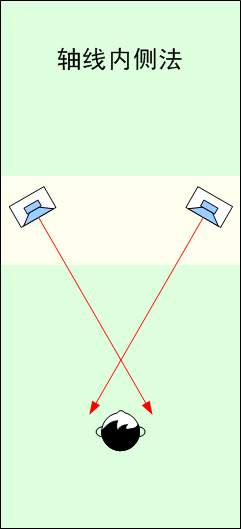
2. Regular triangle pendulum method: The first condition is that the speaker should leave the rear wall (at least 1 meter above) and the side wall (at least 0.5 meters above). The second condition is to draw the two speakers and the listening position into a regular triangle. The third condition is that the inward projection angle of the two speakers should also be 45 degrees or more. The fourth condition is that the regular triangle can be large or small. The square is smaller when the room is small and the power of the second stage is not large; the regular triangle can be enlarged when the room is large and the power of the second stage is large.
Effect: This is the so-called near sound field listening method. Its advantage is that it can reduce the excessive interference of the reflected sounds of the four walls on the direct sound of the speaker, thus obtaining a good sense of positioning and a wide and deep sound field. This is the method that can hear the most, the most direct and the clearest details. Many commentators like to use this method when evaluating sound.
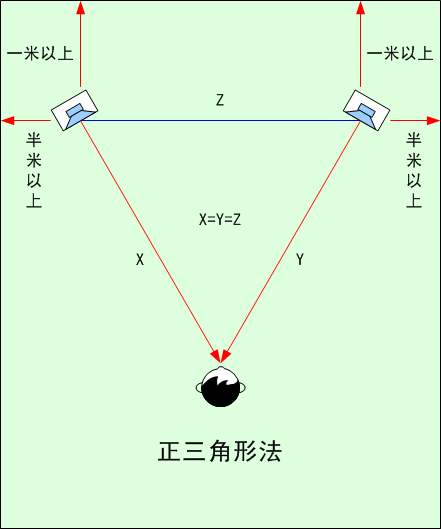
Three, three to seven ratio method: the length of the room is divided into three equal parts (three), the speakers are placed at one third of the length (one), and the interval between the two speakers is two thirds of the length of the room 0.7 times (seven). It is best to have a slight inward projection angle of the speaker, but it is not necessary to project inward, and the listening position must not be against the back wall.
Effect: This method is used for spaces with large size and uniform ratio (for example, 1: 1.25: 1.6 or 1: 1.6: 2.5), which can obtain balanced sound and wide and deep sound field.
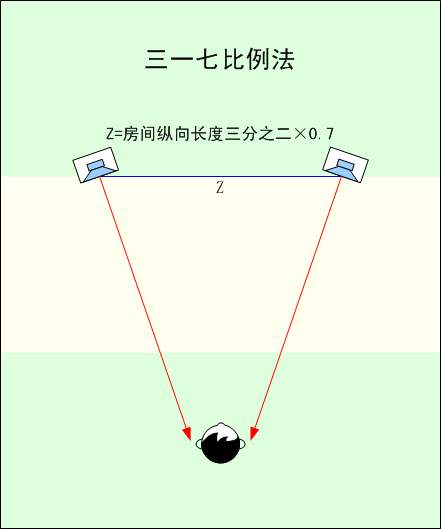
Four, three three one ratio method: the length of the room is divided into three equal parts (three), the width is also divided into three equal parts (three), the speaker is placed on the intersection of the first equal length and width (one ). The speaker can have a slight inward projection angle, even without inward projection, and the listening position cannot be against the back wall.
Effect: This method is also used in spaces with large sizes and uniform proportions. It is consistent with the spirit of the "Three to One Scale Method". The only difference from the "Three to One Scale Method" is the narrower spacing between the two speakers. This method can also get a balanced sound and a wide and deep sound field.
Effect: This method is also used in spaces with large sizes and uniform proportions. It is consistent with the spirit of the "Three to One Scale Method". The only difference from the "Three to One Scale Method" is the narrower spacing between the two speakers. This method can also get a balanced sound and a wide and deep sound field.

Fifth, the long back wall swing method: In a rectangular room, the general experience of playing audio will use the short side as the back wall of the speaker. But this "long back wall pendulum method" goes the opposite way, using the long side as the back wall of the speaker. The speaker should be at least 1 meter away from the rear wall, and the distance between the speaker and the side wall should be at least half a meter. The distance between the two speakers and the position of the listener are drawn into an equilateral triangle, and the inward projection angle of the two speakers should be at least 45 degrees. The listening position cannot be attached to the wall, at least one meter away.
Effect: If you feel that the volume of low frequency in your sound system is not enough, then you can try the "speaker long-side rear wall pendulum method" introduced now. However, it should be noted that this pendulum method has some gains and losses for the sound. Although the sense of volume in the middle and low frequencies is enhanced, the depth of the sound field will be a little worse, so if you want to get a balance between this, then It's up to you to slowly move the distance to play.

Sixth, the pendulum pendulum method: This is the oldest pendulum method. Place the speaker close to the back wall, whether it is 50 cm, 30 cm, or 20 cm from the back wall, you can adjust it yourself. Usually the speakers do not need to project angles inward.
Effect: Used when the high frequency is sharp, the middle frequency and the low frequency are weak, it can make the middle frequency and the low frequency full, and the entire high, middle and low frequency can be balanced. However, it also makes the depth of the sound field shallower and narrower in width. However, if it is a trade-off between harsh and unpleasant sounds, it is correct to seek good sounds at the expense of the performance of the sound field.

Seven, diamond pendulum method pendulum method: This method is limited to the use of square space. Think of a square space as a diamond, and place the speakers on the two sides of the diamond against the wall. The diamond-shaped sharp corners behind the speakers and the diamond-shaped sharp corners behind the listening position should be subjected to circular arc or cylindrical sound wave diffusion treatment. The second speakers should not be too close to the side walls.
Effect: This method specializes in the problem of too strong standing bass waves in square spaces. If the square space does not want to be placed like this, then it is necessary to cram a lot of furniture to "quell" the standing wave.
Summary: The seven most commonly used speaker pendulum methods are listed above. In the general space, you should be able to find one of the most suitable pendulum methods. The principle of placing speakers is that there will be a position in any room space, and a method of placing your speakers and the room to produce the most harmonious resonance effect. Finding the point with the best resonance effect is the best speaker we are after Position. Therefore, the positioning of the speakers is not fixed; it is not necessary to use a ruler to measure very accurately. If you think that the above methods are not effective, then create your own pendulum. After you have found a good position and a good method initially, please remember the specific position and placement angle, and then make fine adjustments, then the subtle movement of the speaker will become very sensitive. The best placement.


Follow WeChat
Interesting and informative information and technical dry goods

Download Audiophile APP
Create your own personal electronic circle

Follow the audiophile class
Lock the latest course activities and technical live broadcast
comment
Publish
related suggestion
Seven most commonly used speaker positioning methods 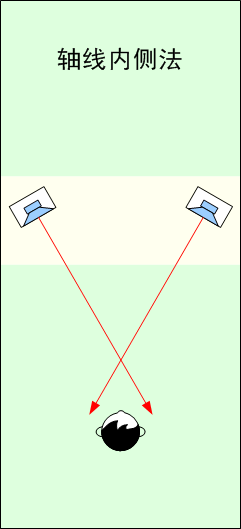
After buying back the favorite speaker, many friends ...
Published on 2006-04-17 23:40 • 389 times read


